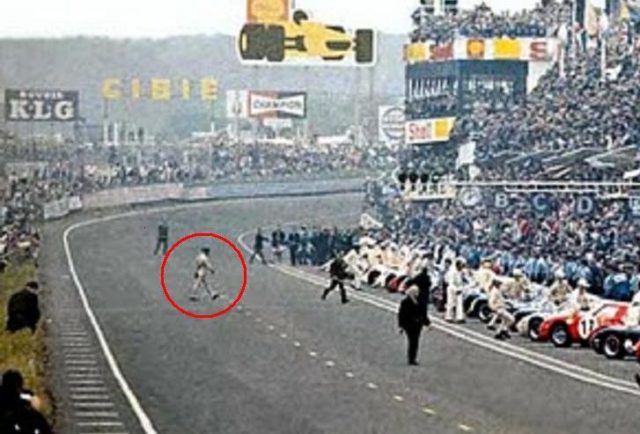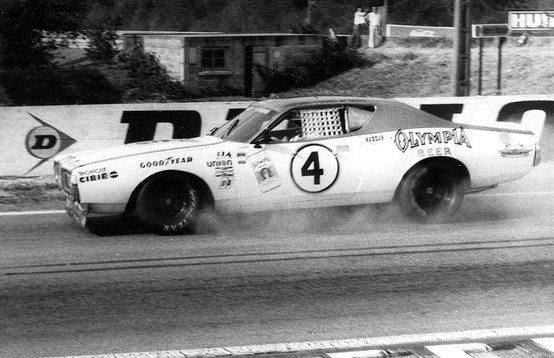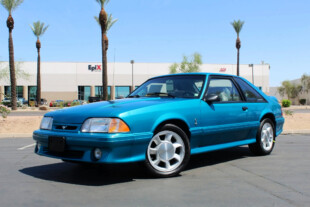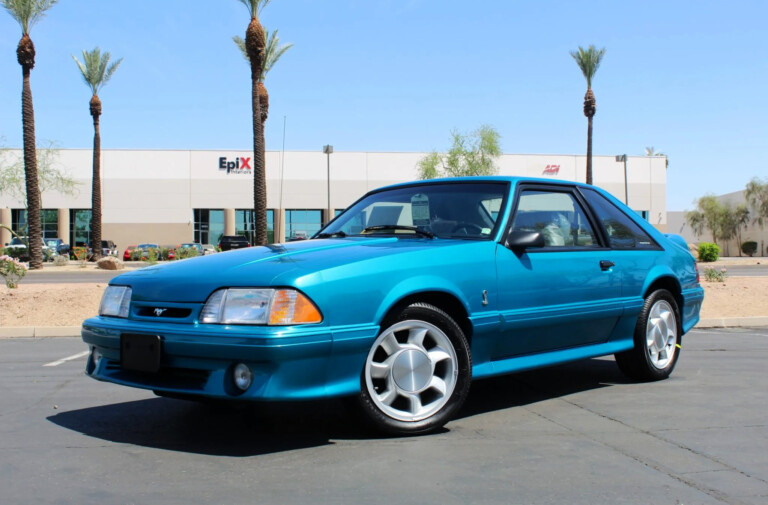It’s a challenging race, and one with more prestige than most. It’s also convoluted and crazy, and the endless list of rules keep the layman scratching his head. Energy saving? In a racing car? Well, it gets crazier.
Who Needs Sleep?
Back in 1950, Louis Rosier and his son, Jean-Louis, fought for the victory and eventually snagged it. What’s more interesting is that Rosier refrained from sleeping or eating much during the entire race. After a stint lasting 23 hours and 15 minutes, Louis took a break to grab a bite and relieve himself. During that period, his son drove two laps before handing the car back. Rosier deserves two awards here: one for the race victory, and one for holding it that long.
Louche Speed
Jacky Ickx is a divisive figure in the motorsports world. Say what you will of him, he’s got that detached Belgian coolness that only a Bond villain can truly pull off. Well, in protest of the customary sprint to the cars at the beginning of the race, Ickx sauntered over to his GT40 and won the race in 1969. The following year, everyone began the race fully strapped into the car.
Making an Impression
Running a prototype for 24 hours isn’t an easy thing to do. It takes plenty of courage and more importantly, lots of money. Generally speaking, it also takes a little hubris to assume other cars won’t knock you off the track at some point. The Peugeot WM88 project was staffed by realistic guys who knew they stood no chance, so they figured they’d at least go out with a bang. Running a low-downforce configuration to hit 250 mph down the Mulsanne Straight, they snagged the record for the highest speed at Le Mans. They might not have won anything, but at least they had something to boast over at the bar.
Turns—For the Birds
They say it required a little more courage to race in the past. Cars were more likely to spontaneously combust, and seatbelts were a little overkill, weren’t they? Anyways, when Jackie Oliver set a 3:18.4 record in 1971, nobody thought it would be beaten. After all, it was frightening enough when the course had only 12 turns and few reasons to hit the brake pedal. These days, the Circuit de la Sarthe has 38 turns, and yet Andre Lotterer set a 3:17.6 lap back in 2015 with the Audi R18 E-Tron Quattro. (Insert joke about German efficiency here)
A Gummy Plug
Consider the complexity of the E-Tron Quattro, and you’d imagine a whole Costco full of engineers would be needed to diagnose the smallest problem. In 1933, the race-leading Alfa Romeo’s fuel leak was plugged with chewing gum, and went on to win the race. I don’t think Juicy Fruit would help a broke hybrid powerplant, other than to give the engineers a way to pass the time.
Creating Crowds with NASCAR
The oil crisis of the 1970s hit most forms of motorsport, and with a pared-down field at Le Mans, attendance dropped. To try and drum up an intriguing headline or two, the organizers temporarily allowed the gas-guzzling NASCARs to come and mix it up with the European sports cars. Why not? It worked—people flocked to see the American behemoths, though none of the NASCAR entrants finished.
Toyota’s Near-Triumph
Well, I’ll just leave this . Some things are too painful to reminisce.























